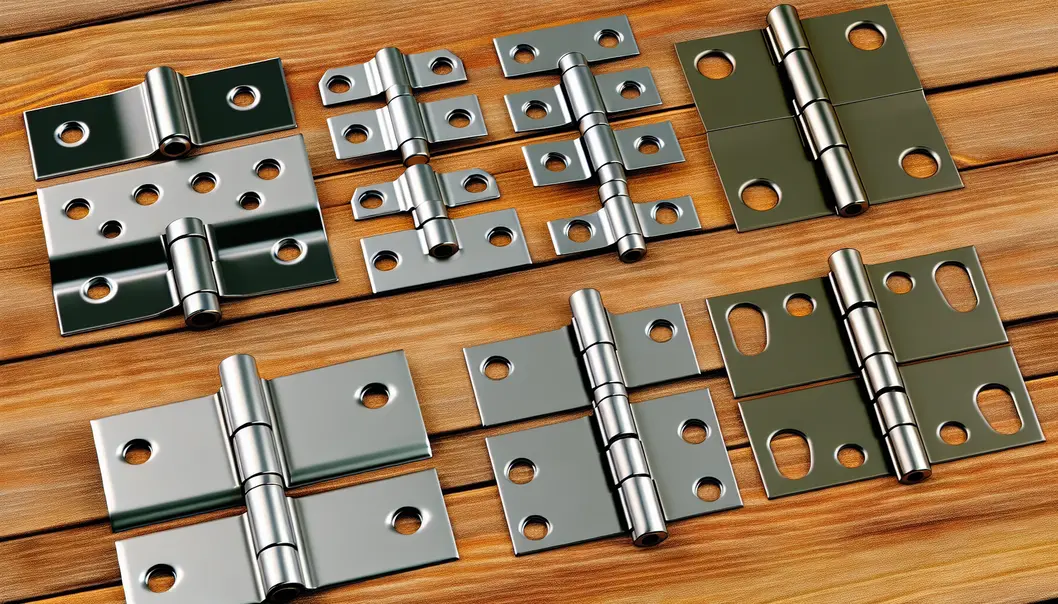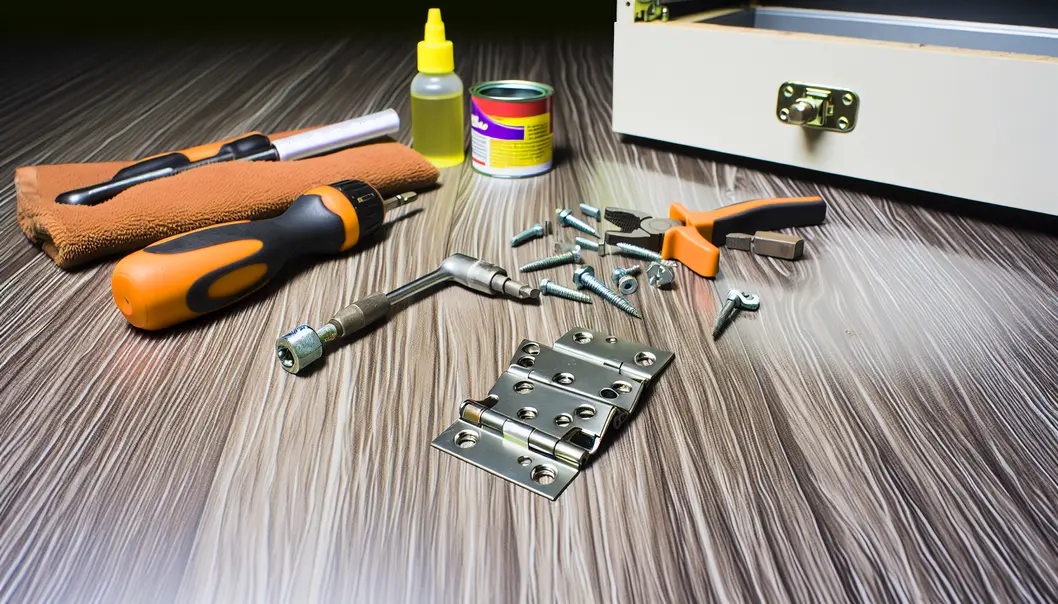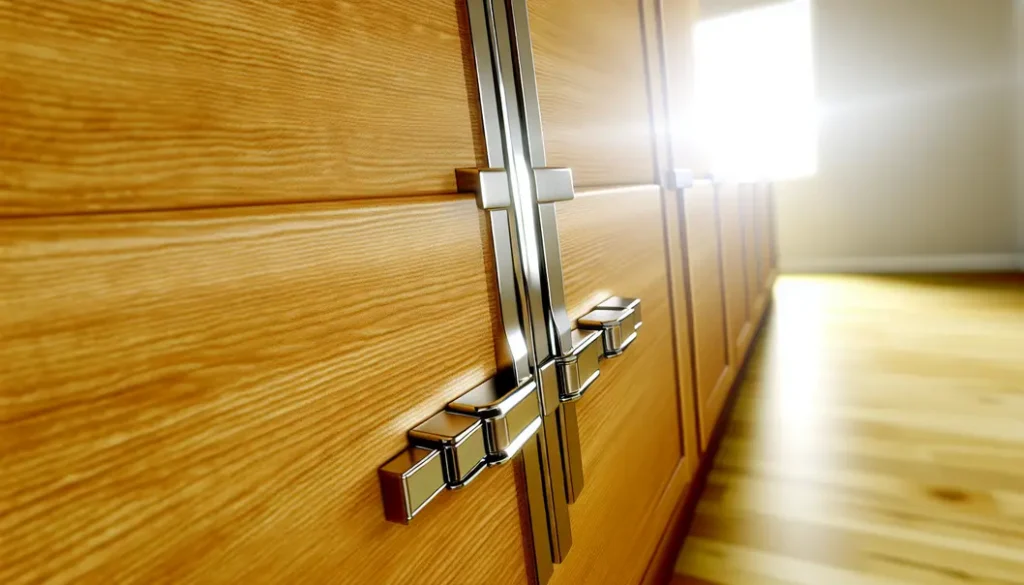Cabinet hinges, often overlooked, play a crucial role in the functionality and aesthetic of your cabinetry. For homeowners and DIY enthusiasts, choosing the right hinge can make the difference between a successful project and a frustrating experience. The right hinges ensure smooth operation and enhance the longevity and appearance of your cabinets, influencing both the utility and style of your living space. This guide delves into the world of cabinet hinges, exploring types, installation tips, and maintenance to equip you with the knowledge you need to elevate your cabinetry projects. Whether you’re remodeling a kitchen or simply replacing old hardware, understanding hinges is key to achieving professional results.
Understanding Types of Cabinet Hinges

Exploring the various types of cabinet hinges can significantly impact the functionality and aesthetics of your cabinetry. Let’s delve into the notable styles, beginning with traditional butt hinges. These are straightforward, two-part hinges which attach simply by locking together within a recess cut into each door’s edge and the cabinet frame. They offer a clean look, hidden when the door is closed, and are often used in inset doors where the door is flush with the cabinet frame.
Moving to more contemporary designs, European hinges, also known as concealed or cup hinges, offer versatility and ease of use. These hinges are fully hidden when the cabinet door is closed. They are adjustable in three directions which helps in creating a precise alignment, ideal for frameless cabinetry. Installation of European hinges requires boring a large hole in the door for the hinge cup, which adds a modern touch to kitchen projects.
Another type is wrap-around hinges, which provide additional support by wrapping around the edge of the door, offering a firm connection between cabinet and door. They are particularly useful for heavy doors.
For those seeking a more decorative hinge, the antique-style hinges often come with ornate designs and decorative finishes. Perfect for a rustic or vintage appeal, these hinges come in various finishes such as bronze, brass, or even aged iron. However, the installation might require more than just functionality, as aligning the hinges to ensure proper door movement can be challenging.
Pivot hinges are another sophisticated option, where the pivot point is located at the top and bottom of the door. This allows doors to swing 180 degrees or more, thus providing both a sleek modern aesthetic and excellent usability, especially in spaces where a traditional hinge might restrict movement.
Finally, consider the continuous hinge, also known as a piano hinge, which runs the length of the door, providing uniform weight distribution. Ideal for heavy or wide doors, they offer stability and prevent sagging over time.
Understanding these types of hinges and their distinct characteristics ensures you select the appropriate hinge for your specific needs, enhancing both the utility and look of your cabinetry. For related cabinetry topics, explore how to spend more time in the outdoors by engaging in DIY cabinet projects, which can be both therapeutic and fulfilling.
Installation Tips for a Flawless Finish

Installing cabinet hinges might seem like a daunting task, but with the right approach and tools, you can achieve a professional finish. Here’s a detailed guide to ensure your hinges are perfectly aligned and functional.
First, gather the necessary tools: a drill, a screwdriver, a level, a tape measure, and a pencil for marking. Avoid the mistake of using a drill bit that’s either too large or too small for your screws, as this can lead to loose hinges or split wood.
Begin by measuring and marking the positions for your hinges on both the cabinet door and the frame. Consistent measurements are key; uneven placement can lead to misaligned doors. Use a level to ensure your markings are straight.
Pre-drill holes to prevent wood from splitting. This is a critical step that many novices overlook. Make sure the depth of the holes matches the screw length to avoid any protrusion or loose fitting.
Once the holes are prepared, align the hinge with the pre-drilled holes on the door. Insert the screws manually before securing them with a drill to avoid overtightening, which could strip the screw holes.
Next, attach the door to the cabinet frame. Temporarily support the door at the correct height using wooden blocks or an extra set of hands to avoid stress on the hinges. Secure the hinge to the frame, checking that everything stays aligned. This helps maintain the door’s position and prevents sagging.
After installation, test the door’s movement. If it doesn’t swing smoothly, check the alignment. A common issue is incorrect hinge placement, so verify that hinges were installed at correct distances from the door edges.
If you notice any squeaking or stiffness, a small amount of lubricant on the hinge can prevent further issues. Consider reading more about maintaining a hassle-free home in our related healthy home article.
Lastly, regularly inspect your hinges for loose screws or damage. A proactive approach in maintaining your cabinet hardware will ensure their longevity and flawless functionality.
Maintaining and Troubleshooting Your Hinges

To ensure your cabinet hinges maintain their functionality and longevity, adopting a routine maintenance schedule is key. Start by regularly inspecting the hinges for any visible wear or damage. Dust and debris can accumulate over time, so gently clean the hinges using a soft cloth. For stubborn dirt, a mixture of mild soap and water should suffice. Make sure to thoroughly dry the hinges afterward to prevent moisture-induced rust.
Squeaking is a common annoyance but usually easily resolved. Apply a few drops of lubricant like WD-40, move the hinge back and forth to ensure even distribution. If squeaking persists, it could indicate an underlying issue, such as misalignment or worn-out components, necessitating further investigation.
Misalignment often results from repeated use or excess weight on cabinet doors. Check the screws and tighten them if they appear loose. Align the hinges by loosening the screws slightly, adjusting the door, and retightening the screws. If the door continues to sag, consider adding protective pads at contact points to distribute the weight evenly.
Hinges can become loose if the screws don’t sit securely in their holes. When this happens, use larger screws to achieve a snug fit. Alternatively, filling the existing holes with matchsticks or toothpicks, coated in wood glue, allows screws a stronger grip once the glue dries. Remember to check hinge screws periodically and tighten them whenever necessary.
For a healthier home environment, regular maintenance of cabinet hinges can contribute to a cleaner and more efficient living space. Consider incorporating these tasks into a routine household cleaning schedule, much like other self-care rituals you might perform to improve your living space, as discussed in these methods for creating a healthy home. By catching minor issues early and addressing them appropriately, you extend the life of your cabinets and improve their aesthetics and functionality, all without the aid of a professional handyman.
Final words
Cabinet hinges are more than just functional components; they complement your design and ensure long-lasting quality. By understanding the types of hinges, mastering their installation, and maintaining them properly, you can enhance the beauty and functionality of your cabinets. Start your project with confidence, knowing that the right hinge choice will support your vision.
Get the Right Cabinet Hinges for Your Project – Expert Guidance Included. Shop Cabinet Hinges Now | Speak with a Hinge Expert
Learn more: https://wurthlac.com/category/801/hinges
About us
The Right Hinge, Right Now, Every Time. Wurth Louis eliminates the guesswork, delays, and quality concerns that plague cabinet professionals when sourcing hinges. As your strategic hinge partner, we combine deep inventory of premium brands with expert guidance to ensure your projects never stall over hardware. Inventory Depth That Delivers. While competitors struggle with backorders, we maintain comprehensive stock of: Blum concealed hinges in all overlay configurations, Hafele specialty and architectural hinges, Rev-A-Shelf functional hardware solutions, and standard and non-standard sizes for unique applications. Premium hinges shouldn’t break project budgets: Competitive pricing on quality brands, bulk ordering discounts for larger projects, flexible financing options for machinery and large orders, and transparent pricing—no hidden fees or surprise shipping costs.



